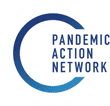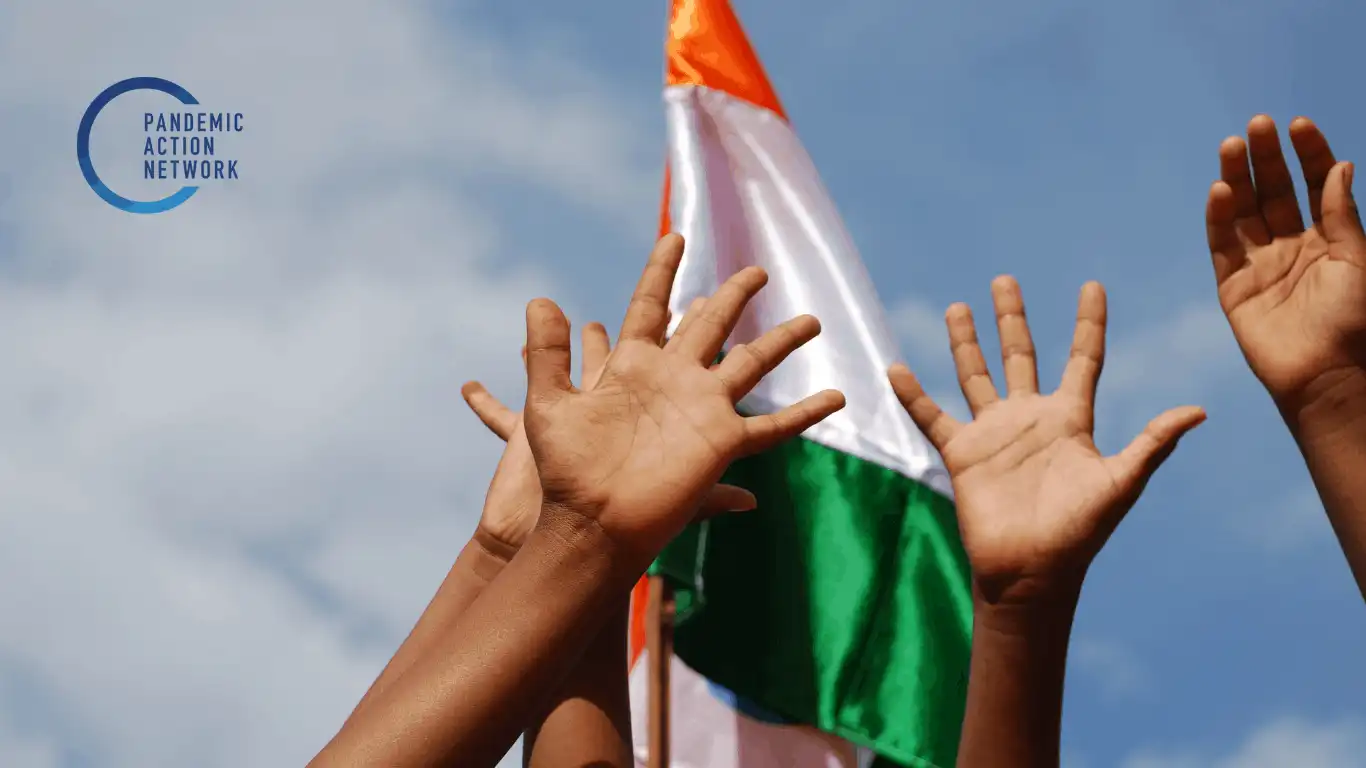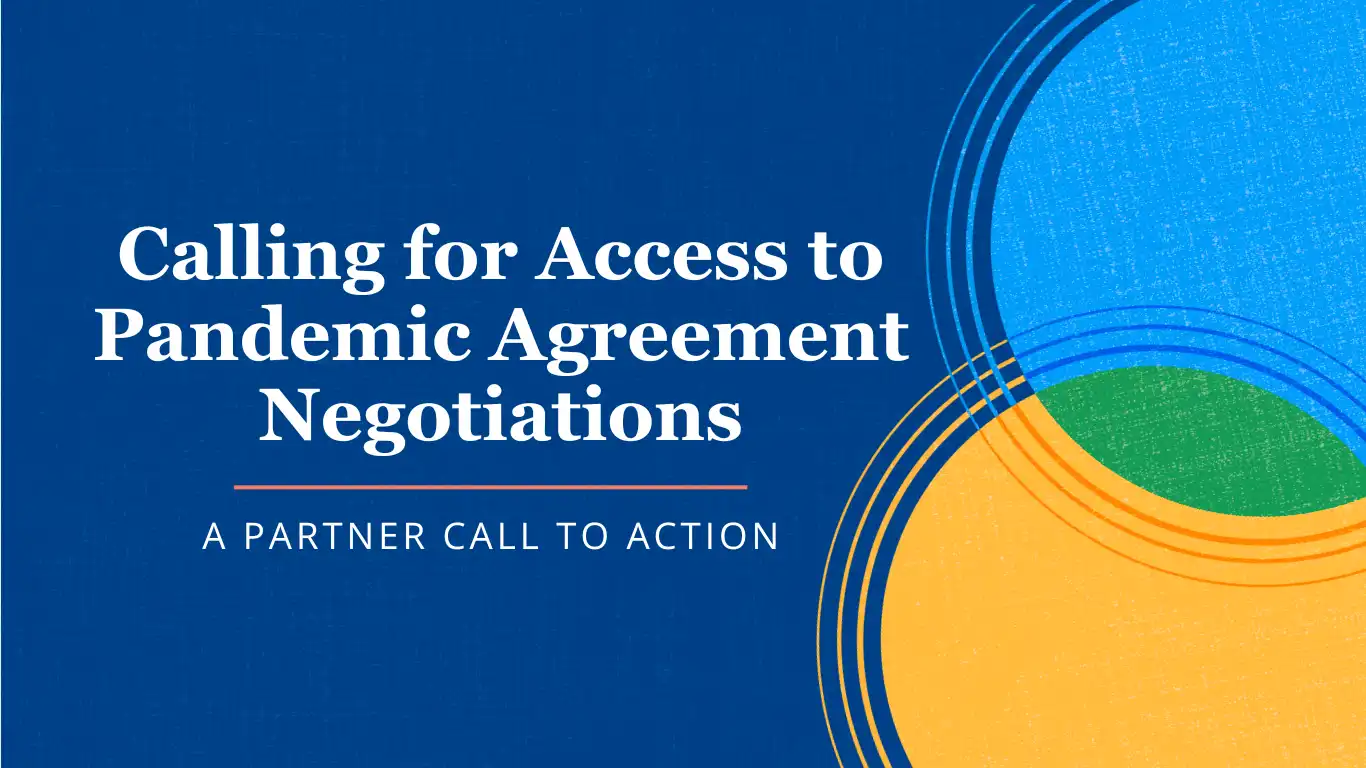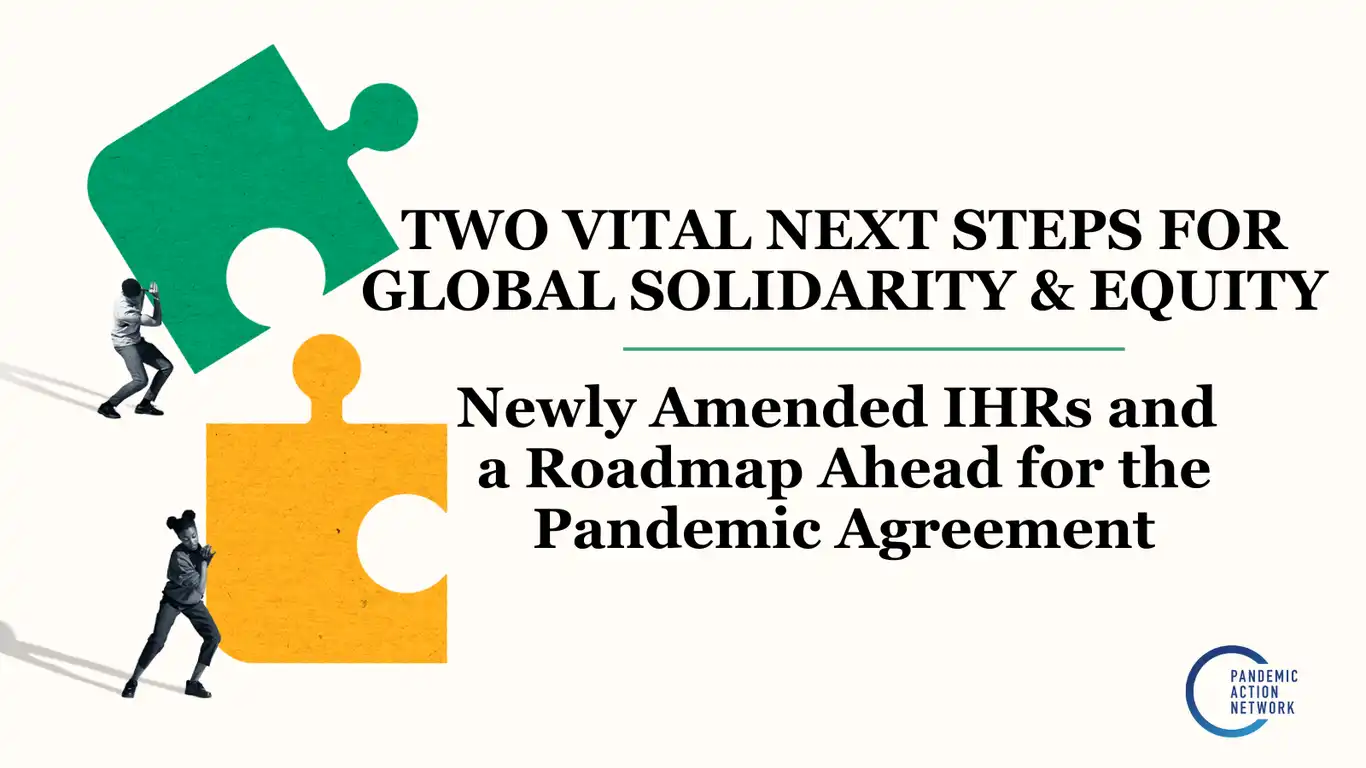Gabrielle Fitzgerald, Co-founder, Pandemic Action Network
This weekend’s sunshine and blue skies had what seemed like the entire population of Seattle outside enjoying the early summer weather. Everywhere you went, people were enjoying the sunshine—it almost felt like COVID-19 was a bad dream that we’d finally woken up from.
But, we know that isn’t true… The past weeks have marked the highest number of COVID-19 cases the world has recorded to date. Since the beginning of this pandemic, COVID-19 has exposed and amplified our inequities. Now, as the U.S. has accelerated vaccination (even for youth) and has preemptively given Americans the chance to take off their masks and enjoy summer, the pandemic rages around the world.
Most notably, India is in the grips of a terrible and all-too-real nightmare. India currently has the highest daily number of COVID-19 cases and deaths of any country in the world. Official totals from India’s health ministry report 24.6 million total COVID-19 cases and 274,000 deaths. Daily case counts range between 350,000 to 400,000, with most experts believing these numbers are significantly underplaying the extent of the disease.
Dr. Ashish Jha of Brown University, believes deaths caused by COVID-19 in India could be closer to 25,000 to 50,000 per day, and new infections happening each day in India could be between two million and five million.
So, while we should celebrate our progress here in the U.S. and hug our loved ones, we must understand that we are not out of the woods. With variants and the nature of COVID-19 waves, we must understand that only together can we truly end this pandemic for everyone. Now is the time to support the needs of India and other countries who are facing dire consequences from the disease, while also advocating for equitable distribution of COVID-19 vaccines and access to life-saving supplies.
On Friday, WHO Director General Tedros spoke of his bittersweet feeling as he received his COVID-19 vaccine. While he celebrated the “triumph of science,” he lamented the fact that only 0.03% of the vaccine supply is going to low- and middle-income countries (LMICs). A New York Times vaccine tracker shows that many countries are yet to administer a single dose of the vaccine.
Meanwhile, access to basic medical supplies like oxygen remains challenging in many countries, as documented by the COVID Oxygen Needs Tracker. According to Dr. Marc Biot, MSF Director of Operations, “Oxygen is the single most important medicine for severe and critical COVID-19 patients. Yet oxygen supply is often insufficient because infrastructure has been neglected in lower- and middle-income countries for decades.” The crisis in India, now spreading to Nepal and other nearby countries, highlights that oxygen is the most critical medicine for people with severe COVID-19 and 18 months into the pandemic, oxygen supply is under-resourced and LMICs are often the last in line.
Stories in the media and from colleagues in India provide devastating details on the crushing burden faced by hospitals and health care providers, as well as stories of entire families being lost to COVID-19 in a matter of days.
While we have seen donations from governments, businesses, and philanthropies to respond to the humanitarian crises in India, they don’t seem to meet the scale of the problem. And the breadth of these challenges can make it seem as if there is little an individual can do to help, but individuals and organizations can make a difference in this unprecedented situation.
Here are two ways to take action for India now:
Dasra was established more than 20 years ago to channel funds from philanthropists to small non-governmental organizations across the country. Over this time, they have built the capacity of more than 1,000 organizations to provide services to their communities. With the COVID-19 crisis, they set up the #BacktheFrontLine COVID Emergency Fund to provide immediate resources to 50 of their trusted, high-impact partners who work in local communities providing a range of services to respond to the emergency.
Oxygen for India is a new initiative created by Dr. Ramanan Laxminarayan of the Center for Disease Dynamics, Economics & Policy. A long-time health researcher currently based in Delhi, Ramanan quickly mobilized a large network of partners to provide reusable oxygen cylinders and 3,000 oxygen concentrators for hospitals in Delhi and Kolkata. This volunteer-led program has utilized local knowledge and relationships with global connections to procure 40,000 oxygen cylinders. When an emergency hits, a catalytic coalition made up of individuals and organizations who jump in to help can sometimes move quicker than large, established organizations with complex procurement processes and bureaucracies.
These are two of the many organizations who desperately need funding, and both organizations can receive tax deductible donations from U.S. citizens.
While we in the U.S. are reconnecting with family and friends we haven’t seen in a year, please take a moment to think of the desperate need of so many families in India and other countries around the world.
And for those who are celebrating the end of COVID-19 in the U.S., India should be a cautionary tale. Less than six weeks before the surge of new coronavirus infections, government officials said India was at “the endgame” of the pandemic. At that time, India had 11,000 cases per day, and an average of about 100 deaths. Here in the U.S., we still have almost 800 deaths per day.
We are still fighting this pandemic. In today’s interconnected world, COVID-19 anywhere is COVID-19 everywhere.



